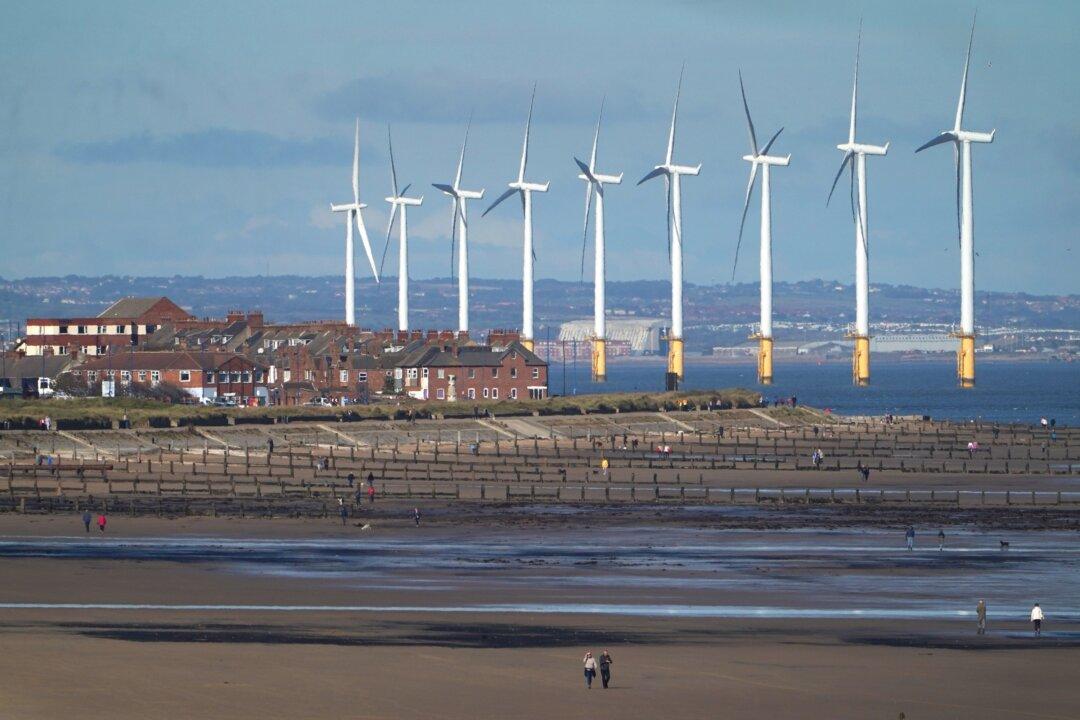British-based renewables generated more electricity than gas this winter, an energy think tank has claimed.
According to the Energy and Climate Intelligence Unit (ECIU), between Oct. 1, 2022, and Feb. 28, 2023, power generated by wind, hydro, and solar reached 47 terawatt hours (TWh), slightly exceeding the electricity generated by gas over the same period.





